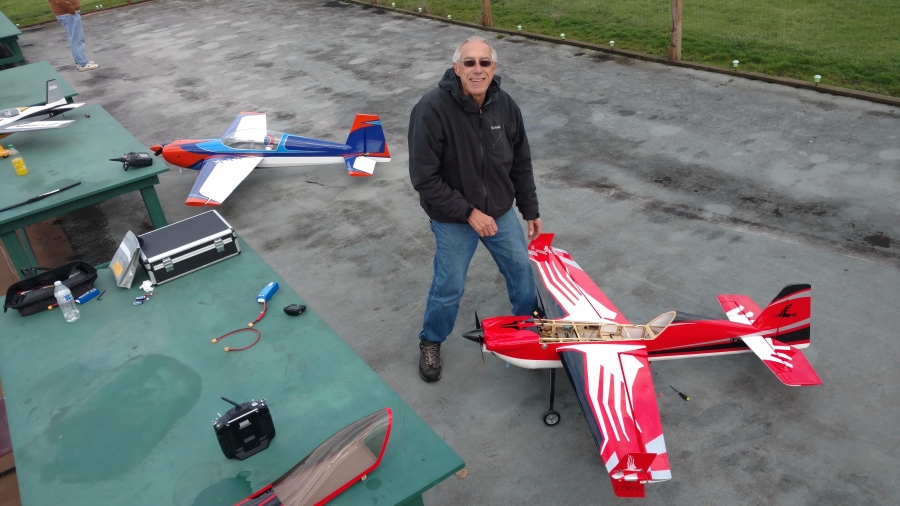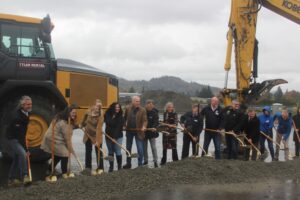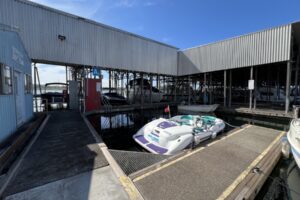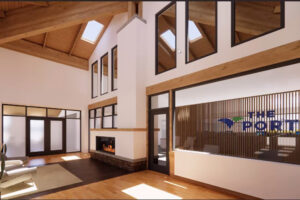The Fern Prairie Modelers Club is looking for a new home.
The club has operated a model airplane flying field at the Port of Camas-Washougal’s industrial park for more than 30 years, but recently found out that Port leaders, who are planning to build a new, 50,000-square-foot industrial building on the field in 2021, will terminate the club’s agreement on Jan. 31, 2021.
Steve Carroll, the club’s vice president, said the club “holds no ill will toward the Port,” but called the notice “disappointing.”
“I think it is fair to say that when you’re leasing property in an industrial park that is under constant development and growth, your chances of staying there for a long time are always in doubt,” Carroll said. “But even with that shadow over us, when we got the official news, it was a jolt to the system. ‘Disappointing’ is the very best word that I could pick.”
“They’ve been very good hosts to us for a long time, and on the flip side, I think we’ve been good tenants for them. It’s been a good partnership,” Carroll added. “We realize that the Port has certain priorities regarding economic growth, and that it can make decisions that might not work out for us. But the bottom line is the Port has been very good to us, and we’re grateful to have been able to share their space.”
David Ripp, the Port’s chief executive officer, said the agency has “always enjoyed (its) relationship with the Fern Prairie Modelers.”




